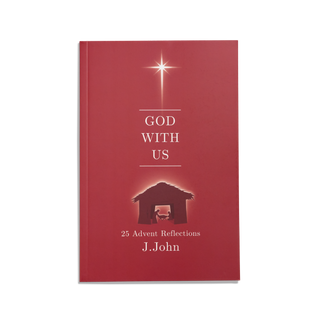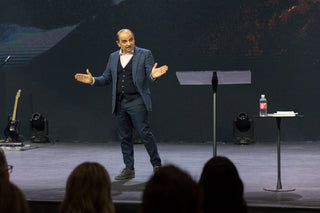Anyone travelling through the United States will come across schools, colleges and universities that carry the name of Asbury. They bear witness to a remarkable hero of the faith.
Francis Asbury was born in Staffordshire in 1745 to a poor Methodist family. With only limited education he began training as a blacksmith. After coming to faith in Christ at 15, he began preaching within the growing Methodist movement, then still part of the Church of England. In 1771 when the Methodists asked for volunteers for the British colonies of North America, Asbury responded and sailed west, never returning to Britain.
Asbury resolved to be an itinerant preacher and for the next 45 years that was exactly what he was. Travelling by horseback or carriage and carrying all his possessions with him, Asbury criss-crossed the eastern United States, preaching everywhere he could get a crowd. He never owned or rented property or even had a fixed base but instead depended on the hospitality of supporters. In his life, Asbury travelled over a quarter of a million miles and preached well over 10,000 times.
The American Revolutionary War of 1775–1783 triggered a church crisis across both sides of the Atlantic. The open hostility of the British church to the rebels resulted in almost all the Anglican and Methodist ministers in America returning to Britain, but Asbury stayed. The ensuing absence of bishops and priests meant that American Christians found themselves struggling to find either communion or baptism. To resolve this, John Wesley began ordaining his own ministers, a process that resulted in the separation of Methodism from the Church of England. In the newly independent American states, the Methodist Episcopal Church was created in 1784 and John Wesley designated Asbury as one of its two ‘superintendents’, a term replaced by ‘Bishop’.
Asbury, soon the denomination’s head, proved to be a dynamic and effective director. He continued Wesley’s emphasis on evangelism, discipleship and the training of converts as evangelists. Yet, aware that what was now the United States was very different from England, he guided the denomination into something less formal, more flexible and more responsive than its British parent. One adaption for the vastness of the United States, with its westward migrating populations, was the creation of enormous church districts, each served by ‘circuit riders’ who travelled around preaching and leading. Rejecting matters of class and rank, the American Methodists sought equality: all the preachers had the same minimal salary and no one worked longer or harder than Bishop Asbury himself. Increasingly, preaching was extended to slaves, some of whom became ordained. Slave owning was strongly rejected by Asbury.
The expectant Methodist preaching, especially in the South and often at camp meetings, became associated with extraordinary revivals, which Asbury welcomed as works of the Holy Spirit. The new church grew rapidly, helped by the revivals and the persistent and sacrificial evangelistic ministry of the circuit riders. Asbury responded by creating more leaders, ultimately ordaining more than four thousand preachers.
Asbury, who believed that to be a mobile evangelist was irreconcilable with family life and home ownership, remained single and with no fixed base throughout his life. Despite often poor health he kept on riding, preaching and teaching through every weather and danger. He gained many friends with his personal warmth, straightforward manner and his deep spiritual life. Preaching to the end, Asbury died in 1816.
Francis Asbury was an inspiring church leader. Although there’s nothing wrong with owning your own home, there are very few Christians who, following Jesus himself (Matthew 8:19–20; Luke 9:57–58), have given up all property, but Asbury did. He was an uncomplicated man who wrote no books and rarely pronounced on matters of theology beyond such things as conversion and consecration. Yet under his direction the Methodist Church in America grew from 15,000 members in 1784 to 214,000 members in 1816.
Let me draw your attention to three striking features of Asbury’s remarkable life.
First, Asbury displayed a spiritual dedication. As he sailed to America he wrote, ‘I am going to live for God, and to bring others so to do.’ He knew he was called to be a travelling evangelist and church planter and gave himself into that task wholeheartedly. He put everything that might have made his life comfortable to one side. His dedication came with discipline. As a man who was always someone’s guest, Asbury’s life was constantly visible but all the records speak only of admiration for his morality and piety.
Second, Asbury had sensitive discernment. A man thrown into an extraordinarily complex situation, Asbury proved to have the rare gift of discerning between essentials and inessentials. He held firmly to preaching Christ and discipling believers but was prepared to reject much of the cultural baggage that had travelled to America from England.
Third, Asbury showed shrewd direction. I cannot begin to imagine how anyone can manage a denomination from the back of a horse and from no fixed address, especially without a smartphone! But Asbury did. He gave wise counsel, commissioned good and godly administrators and practised what he preached.
Francis Asbury built a denomination. But he did more: the dynamic, flexible and informal patterns he brought to Methodism have become major elements, not just of Christianity in America, but of the church across the world.
J.John
Reverend Canon




